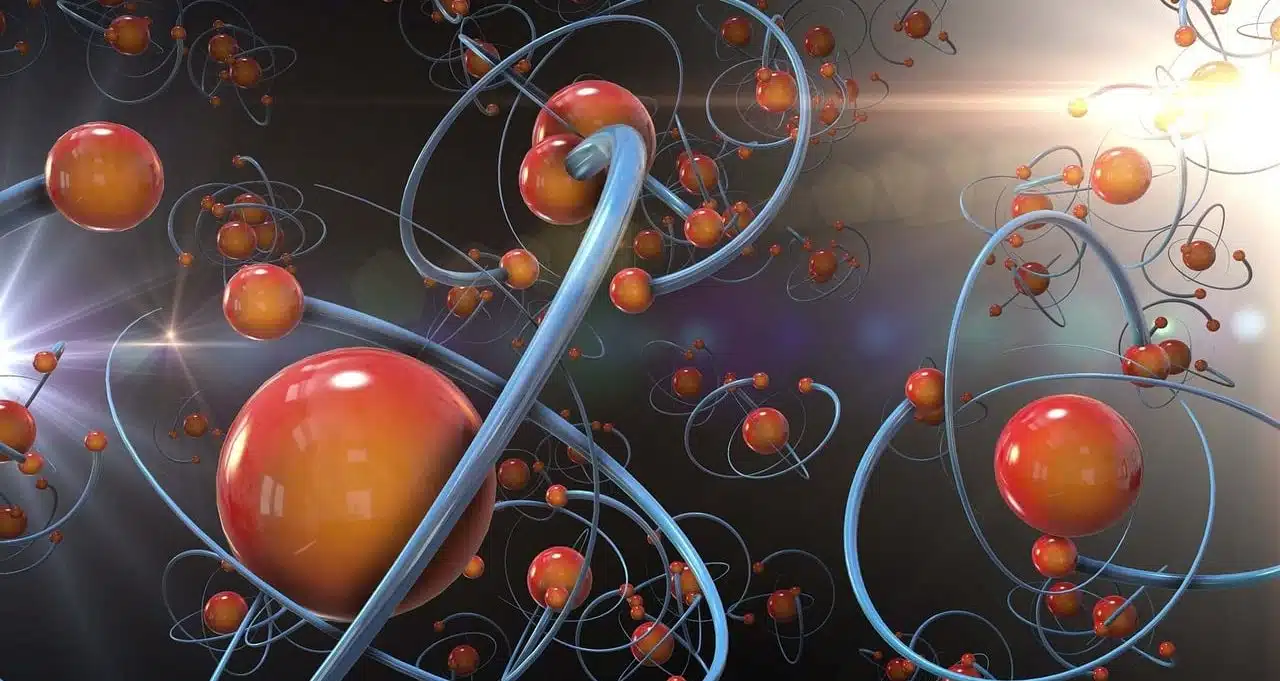
The positron is the antiparticle of the electron.
A positron is an elementary particle (since there is no evidence that it is composed of other simpler particles) whose electric charge is equal to that of the electron , although positive . Because of this characteristic, the positron is said to be the antiparticle of this subatomic particle.
To clearly understand the notion of positron, other concepts must be addressed. Antiparticles , which include positrons, are the counterpart of particles: their masses are identical, but the electric charges are inverted (positive/negative, negative/positive).
Antiparticles such as positrons (also called antielectrons ), on the other hand, form a type of matter called antimatter , just as particles form ordinary matter.
Discovery of the positron
In the late 1920s , English physicist Paul Dirac hypothesized the existence of positrons. Finally, in 1932 , the American Carl David Anderson managed to confirm it from the study of cosmic rays . If the particle naming convention had been followed, the positron's name would have to be antielectron ; The explanation why this was not the case is that it was the first antiparticle to be discovered and that its charge is positive.
The creation of positrons is produced by certain nuclear processes. In 2008 , scientists at an American laboratory managed to create positrons by applying a laser to a white gold surface.
Currently, medicine uses positron emission to perform tomography scans that allow brain activity to be studied. Positrons are also popular in science fiction : in the film "Ghostbusters" , positron beams are used to capture ghosts while, in several books, Isaac Asimov imagined that positrons could be used to develop robotic brains.

Positrons are elementary particles .
Analysis through a theoretical physical object
To address the concept of antiparticle in more depth, let's take a theoretical physical object that we can call Of , of which we know all its properties, such as its charge and mass, so that we can anticipate its behavior through a series of equations. Its positron or antiparticle, which we will call antiOf , would have a behavior equal to that of Of , to the point of not being able to distinguish one object from another, if in the equations we changed the sign to the following three things:
- The charge : if Of had a positive charge, so that it repelled nearby positive charges, antiOf would have a negative charge, so it would feel attracted to them and would still not meet all the requirements to be confused with the original particle;
- Parity : for this it is necessary to change the sign of the spatial coordinates of Of . For example, if it were at the point (4,4,4), its positron would be at (-4,-4,-4). Having achieved this, antiOf and the positive charges would become in a "turned" world, but this would not modify the aforementioned behavior, so it would still be possible to distinguish between the particle and its antiparticle;
- Time : this is the key point, since changing sign of time causes it to travel in the opposite direction, that is, to go backwards, so that while antiOf approaches the positive charges we see it move away from them, as if it were a video played backwards, and so on.
In summary, through the conjugation of these three sign inversions, we obtain an antiparticle, a physical object that appears to behave in the same way as the original, although the reality is different, much more complex. In the case of the positron, its charge is positive, since the electron always has a negative charge; On the other hand, it is convenient to think more abstractly and simply assume that they are opposite charges, since this feature of the electron is arbitrary.
